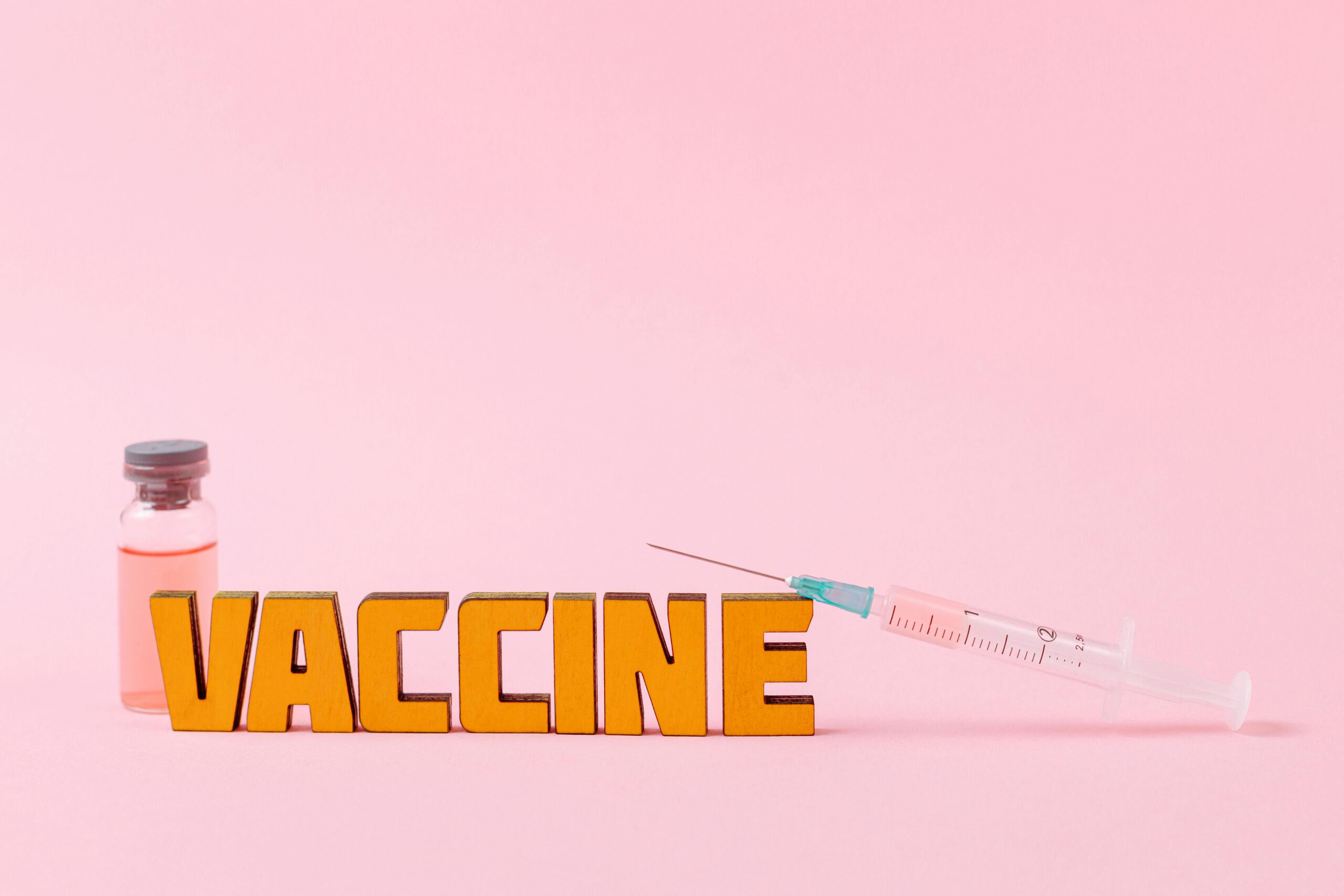If you’ve been bitten or scratched by an animal that might have rabies, treatment should begin right away. The aim is to stop the virus before it reaches your nervous system. The treatment usually involves cleaning the wound well, then giving rabies vaccines — and in serious cases, also giving rabies immunoglobulin (a medicine that provides immediate protection).
You can ask your own question to a licensed healthcare provider here for free. It may take up to 7 days to get an answer. If you want a consultation in minutes, book now with Hope+ our premium and best health consultation service in Uganda.
Intramuscular (IM) Schedule
The rabies vaccine is usually given into the muscle on your upper arm (the deltoid). It should never be injected into the buttocks because this makes it less effective.
- Day 0 (the day you start treatment): Two injections — one in each arm.
- Day 7: One injection.
- Day 21: One injection.
Children who don’t have enough muscle in the arm may get the injection in the thigh instead. This schedule is called the “2-1-1” method — it gives four doses over three weeks and requires fewer clinic visits.
If you are taking chloroquine (a malaria prevention medicine), it should be stopped and replaced with a different malaria prevention drug while you are on rabies treatment.
Intradermal (ID) Schedule
In some places, the vaccine is given just under the skin rather than deep into the muscle. This method uses less medicine but needs specially trained health workers.
- Day 0: Two small injections — one in each arm.
- Day 3: Two small injections — one in each arm.
- Day 7: Two small injections — one in each arm.
- Day 28: Two small injections — one in each arm.
Rabies Immunoglobulin (RIG)
If your bite is severe or on the face, hands, or near the head, you may also be given rabies immunoglobulin on Day 0. This is a protective medicine that works immediately while your body builds its own protection from the vaccine. Most of it is injected directly into and around the wound. The rest is given in a muscle far away from where the vaccine was injected, so the two medicines don’t interfere with each other.


